Self-editing can be painstaking and difficult for authors, but it's a critical part of the writing process. It helps us improve our craft, while also providing a cleaner manuscript for a developmental or copy editor, which saves us money. Here are tips on using ProWritingAid to make the most of your self-editing time.
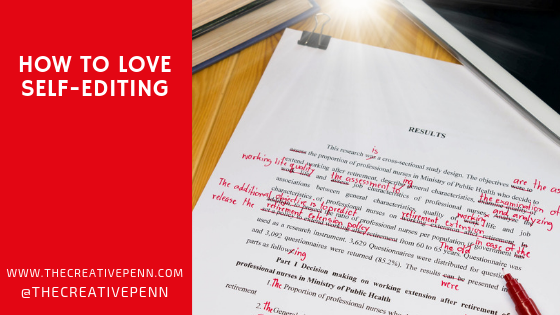 For a lot of writers, the fun part is creating new worlds and putting characters in dire situations only to have them rescue themselves later. Once you’re in the flow, it just spews from your fingertips, right?
For a lot of writers, the fun part is creating new worlds and putting characters in dire situations only to have them rescue themselves later. Once you’re in the flow, it just spews from your fingertips, right?
Then there’s the dreaded self-edit. How do you make your prose—that which you vomited on the page—sound better and make sense?
Every writer must become his or her best editor. No one understands what you’re trying to achieve better than yourself, right? So it makes sense that you should be your first—and best—editor. Here are a few suggestions to help you learn to love self-editing.
Step 1: Change your mindset
Perhaps you haven’t yet realized that self-editing is one of the most powerful tools in your writing arsenal. It’s easy to put words down on paper or screen. Making them sound more than gauche is a skill you can cultivate.
This is not to say you don’t need a professional editor. Rather, it sets responsibility squarely on your shoulders for creating the best manuscript possible before you send it off to an editor. It’s not your editor’s responsibility to turn your sloppy writing into a masterpiece.
Before you start your thorough self-edit, turn to the next step.
Step 2: Get some distance
There’s a reason why you keep reading this sage advice everywhere you turn. It’s essential. You’re too close to your work to give it the impartial review it needs. Here are a few tricks to help put some unbiased distance between you and your manuscript.
Stick it the back of a lower desk drawer
We all have lower desk drawers that become repositories for all kinds of stuff. Make better use of that dark space by parking your manuscript in it for several weeks, maybe even months. The more time you can afford to give yourself, the better. You want to come back to your work with fresh eyes to analyze it carefully.
Print it out in a different font
You’re used to seeing your manuscript on the screen, or if you’ve been printing it out for review, you’re used to seeing it in a specific font on paper.
When you print it out in a different font, you can trick your mind into believing it’s something new that you need to read carefully. You’re less likely to skim-read and more likely to pay attention to words, phrases, punctuation, grammar, spelling, and more.
Use read-aloud software
A great trick for self-editing is to use the read-aloud capabilities in your favorite word processing software. Or, if your platform isn’t able to read your work out loud, copy and paste it into a Google Doc and go to the “Speak” option. Then sit back and listen to the ebb and flow of your writing.
Consider pacing and sentence variety. Also, listen for instances where your brain stumbles as the program reads your work aloud. Rework parts that don’t sound coherent or those bits that made sense when you typed them but sound ridiculous hearing them back.
Read your manuscript out of order
Finally, read your manuscript in reverse order from the last sentence to the first one. This helps you focus to make sure your spelling, punctuation, word choice, and grammar are impeccable.
Since you’re reading from the back to the front, you’re not worried so much about narrative or character arcs at this point as you are making sure your manuscript is technically sound.
Step 3: Apply the KISS method
You’ve heard of KISS (Keep It Simple, Stupid). It couldn’t be more applicable than to your manuscript. Whether you’re into cutting, chopping, or killing your darlings, it’s up to you to be ruthless with your writing. If it doesn’t move your story forward or contribute to character development, it must go.
Fewer words are better
Many beginning writers think it’s all about word count. The more you have, the better a writer you must be. Rather, it’s about economy. Using the fewest number of words to evoke a full-color, three-dimensional picture in the reader’s mind is key to writing well.
Most writers have read Hemingway’s shortest story:
“For sale: baby shoes, never worn.”
He said more in six words than others say in six pages. Learn to cut your writing to its bare minimum.
Eliminate entrance exam words
If your favorite student is studying for college entrance exams, they’re no doubt learning ten-dollar words. How often do you say “prescient” in your conversations with friends? Rarely, I would bet, but someone studying a thesaurus and trying to impress might trot that word out when writing.
Albert Einstein said: “If you can’t explain it simply, you don’t understand it well enough.”
In other words, if an average individual with a middle-school education can’t understand what you’re saying, you’ve created more confusion than comprehension.
When reading, it’s all about comprehension. You want your readers to understand your meaning without working too hard. In fact, using common words keeps the author in the background and makes his or her ideas stand out instead.
If you have a tendency to overdo it a bit with your vocabulary, use readability stats to keep tabs on yourself. I ran a recent blog post through ProWritingAid and found a few paragraphs that needed to be simplified:
Take out most dialogue tags
Next, target dialogue tags. Again, those wanting to sound creative and witty come up with many ways to write “said” or “asked,” like “she sputtered” or “he enquired.” Don’t do this.
Flowery dialogue tags tell readers what you want them to think and feel instead of showing those emotions through narrative.
Here’s a perfect example of someone trying too hard to use dialogue tags to tell readers how characters feel:
In the above screenshot, all dialogue is highlighted with blue and all dialogue tags are in purple. In the top section, the writer is depending on the dialogue tags to express emotions.
In the rewrite below, the writer has used action and description to get the emotions across. You can feel the emotions of the characters when you read the second version.
“Actions speak louder than words” is an often-spouted phrase that nevertheless gets to the heart of the issue. Show your characters’ actions instead of telling your readers what they should see, think, and feel.
Step 4: Take advantage of editing technology
Editing technology is an effective step in the writing process of many writers today. People often talk about how editing tools use Artificial Intelligence; rather, I prefer to think of it as Intelligent Assistance. You still need to do the self-edit yourself, but technology can help you do it more efficiently and effectively.
Here’s what editing tools are good—and bad—at doing for you.
What editing tools are great for
Everyone makes technical and stylistic gaffes in their work. An editing tool makes it easy to find errors like misused words, inconsistencies, vague or abstract words, and much more that your eyes too easily overlook.
In addition to finding spelling, grammar, and punctuation errors beyond those found in other spell checkers, an editing tool helps you learn how to refine your prose so you offer your best manuscript to your editor or publisher.
What editing tools are terrible for
An editing tool can never take the place of a developmental editor. No tool available can help you patch up plot holes, shore up weak character arcs, or create believable and relatable worlds for your characters to live and interact in.
The key to using an editing tool wisely is to let it point out where you can improve your manuscript technically and stylistically so your editor can focus solely on your story and characters. Not only will your editor appreciate a polished manuscript, but you’ll save money in editing costs.
Here are a few of our favorite editing tool reports:
The Style Report
The Style Report looks for readability issues. These are issues that are not necessarily incorrect, but they are signs of amateur writing, like passive voice, overdependence on adverbs, awkward constructions, etc.
For example, sometimes when drafting, you’ll throw in a few adverbs to shore up a weak verb because you can’t think of a stronger verb and you don’t want to interrupt your flow. An editing tool can point out every adverb in your manuscript to let you decide which to keep and which to change. Take a look at this example:
In this case, I probably should replace “walk quickly” with “hurry.” It feels more urgent. It’s up to you to decide if the adverbs are warranted or if you need to finder stronger verbs.
There are thousands of style and readability issues that inexperienced writers need to watch out for. Editing technology can help flag them so that you, the writer, can decide whether you need to strengthen your words.
The Sticky Sentences Check
Do you know what glue words are? They’re the 200+ most common words in the English language that add nothing to your meaning.
A little glue goes a long way. In fact, statistics show that published texts have a low percentage of glue words compared to working words. That’s because experienced writers edit their work so it contains as few unessential words as possible.
A good rule of thumb is to aim for less than 40% glue words per sentence. If your sentence contains more than 40%, you should probably re-write it to increase clarity.
Here is a prime example of a sticky sentence with way too many glue words:
Let’s look at an example I used in the screenshot above:
Sticky: There is a lake out in the middle of the woods where locals go to get away from the tourists who come take over all of the village’s restaurants and shops in the summer.
Glue Index: 70.4%
Rewrite: Fleeing the summer tourist season, locals escape to Monehan Lake.
Glue Index: 22.2%
The rewrite saves 24 words and contains a much smaller percentage of glue words. Not only is it more succinct, it provides more specific information than that meandering sticky sentence.
Of course, use your judgment as the author. Sometimes a sentence will be sticky and it’s the only way it works. That’s fine. Just think of it as a flag indicating you should give it a second look to make sure it can’t be rewritten in a simpler way.
The Repeats Check
Another great report is the one that checks your manuscript for repeats or echoes that crop up when you’re drafting your novel. The following screenshot shows how, in the span of two sentences, the writer used the same phrase:
The nice thing about an editing tool is it makes suggestions on how to improve your prose by eliminating repetitive words you might not catch during a self-edit.
These are just a few of the more than 20 writing reports offered by the ProWritingAid editing tool. Other reports focus on overused words, diction, sentence structure and length, transitions, pronouns, clichés, consistency and more.
It’s still up to you to decide what changes to make to your manuscript until it’s ready for your editor or publisher to see.
Step 5: Avoid the rabbit hole
Endless self-edits become a rabbit hole. Much like the never-ending links on web pages that lead you deeper and steal your precious time, you can waste hours chasing the elusive “perfect” prose. At some point, you must say, “Enough is enough. It will never be perfect.”
Writers chase perfection. Maybe it’s in our genes or part of what we think encapsulates a “professional” writer. If you’re to be as good as [insert favorite author’s name], you must be perfect.
The truth is… no one is perfect. Not even the authors you deify like gods. Margaret Atwood? Joyce Carole Oats? David Foster Wallace? None have ever been perfect. But their books have certainly been good enough. So that’s what you need to aim for.
The writing part is easy—intuitive for many; some would even say fun. It’s the self-editing that gets serious. Writing puts your thoughts down on paper; editing makes them sound better.
One thing every single writer can do is use an editing tool to help them identify gaffes like those above—plus many more. A robust tool like ProWritingAid can find dozens of technical and stylistic gaffes that make you sound like an amateur. If you want to learn how to self-edit the easy way, use an editing tool and study the changes to learn what strengthens your writing.
Ultimately, writing is the fuel. But editing creates the masterpiece.
Think ProWritingAid could help you? Click here to get 25% off ProWritingAid Premium.
Hayley Milliman is a former teacher turned writer. She is currently a content ninja for ProWritingAid and has just completed her first novel. She is the author of Museum Hack's Guide to History's Fiercest Females and How to Build Your Author Platform on a Shoestring.
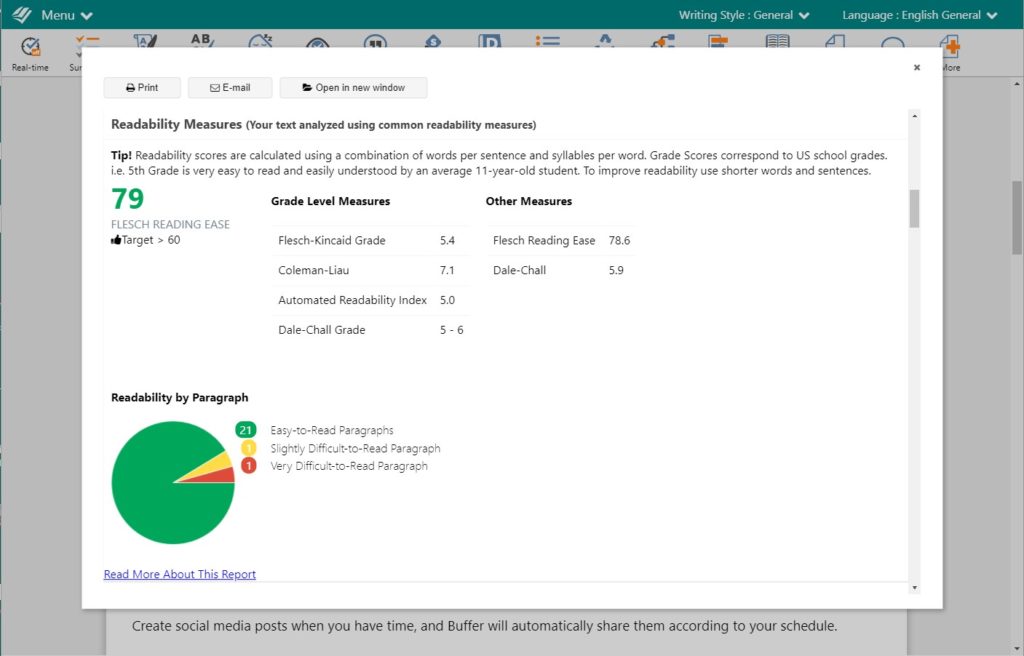
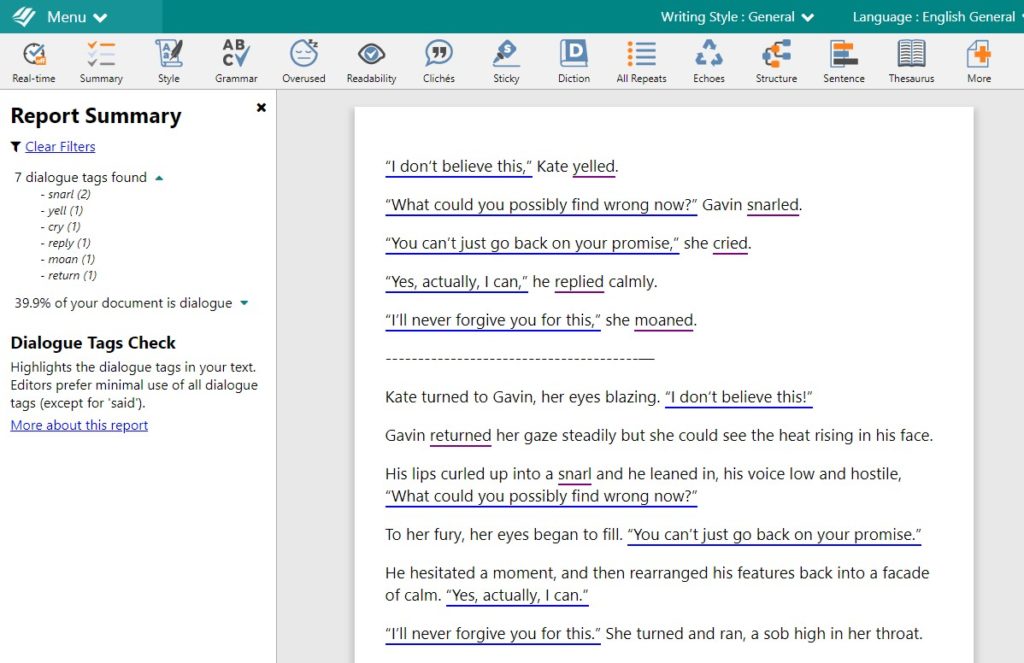
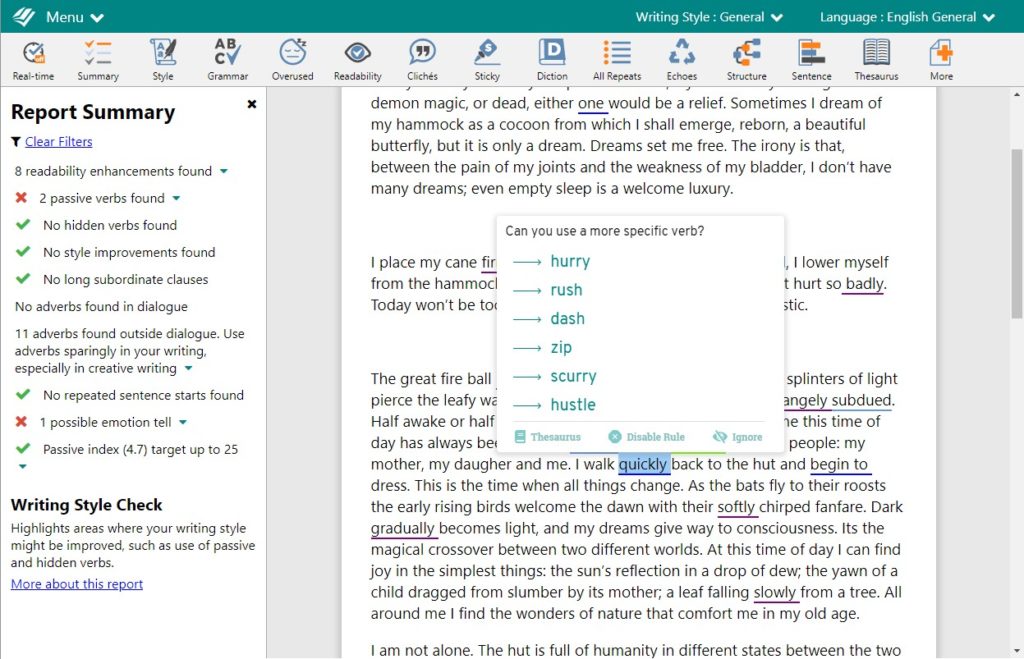
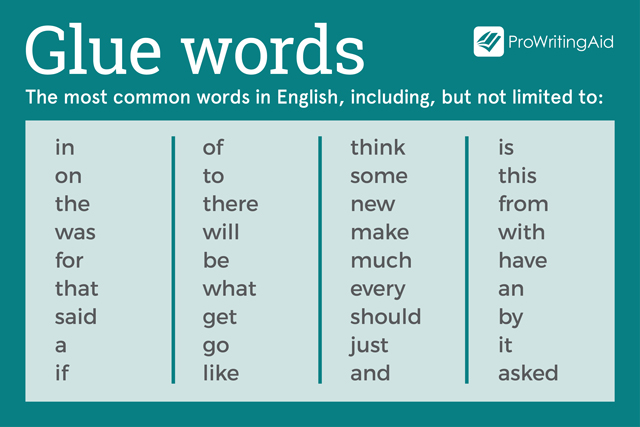
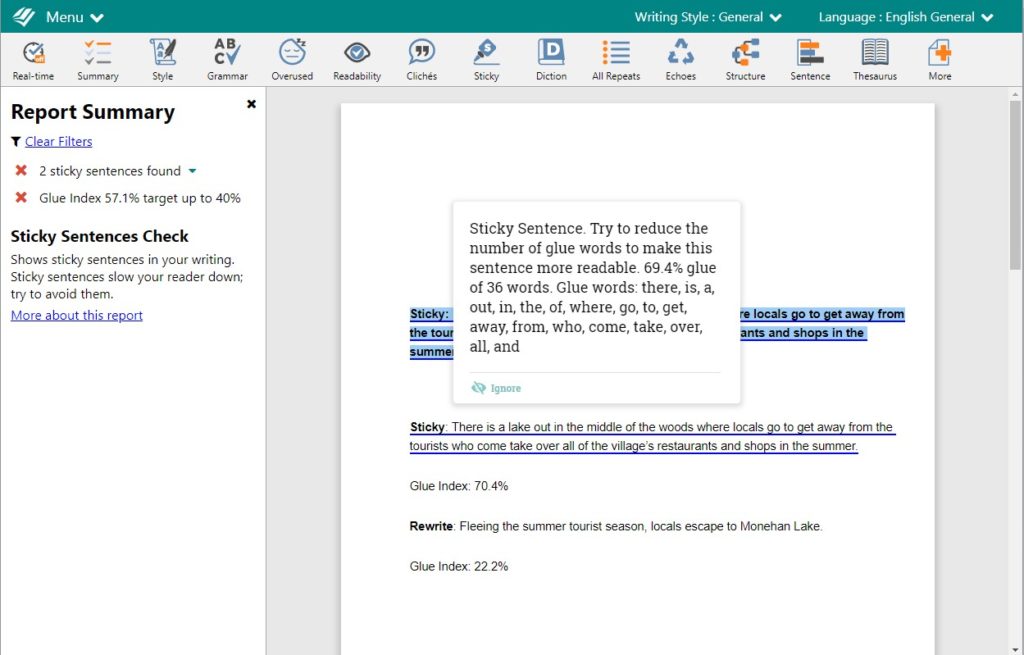
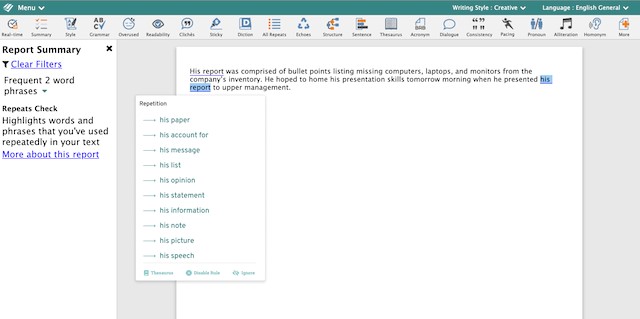
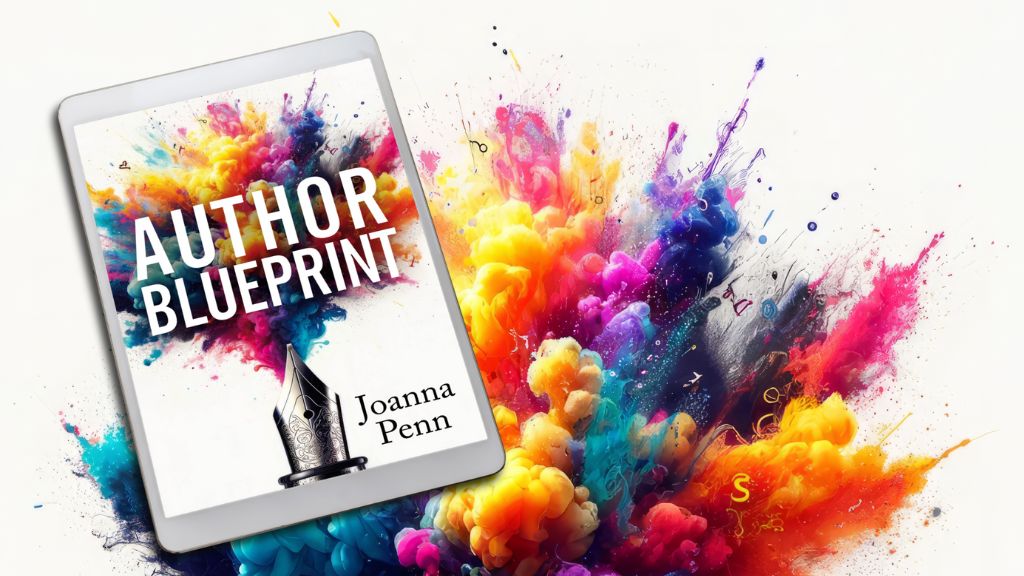
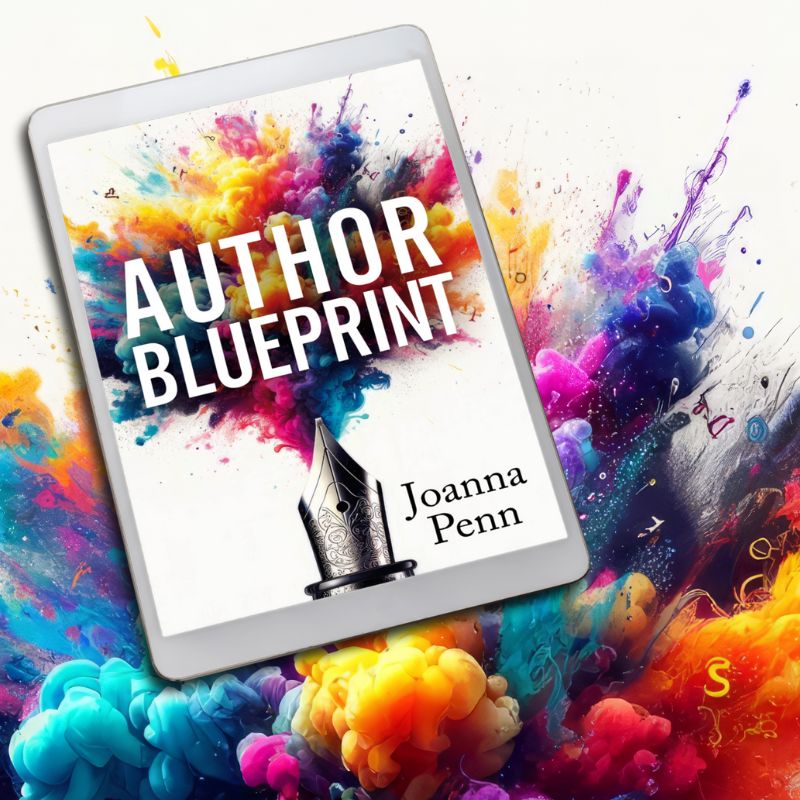
Great timing. I really needed some awesome self editing tips.
Joanna, your content is always on point.
Thanks!
Great tips! Thanks!
Hi, thanks for the great info. Has this offer expired now? I really liked your post and tried the 2 week trial. It was great. I have now just tried to purchase via the link in the post and it says that the promotion has expired?
Found your latest link- thank you!